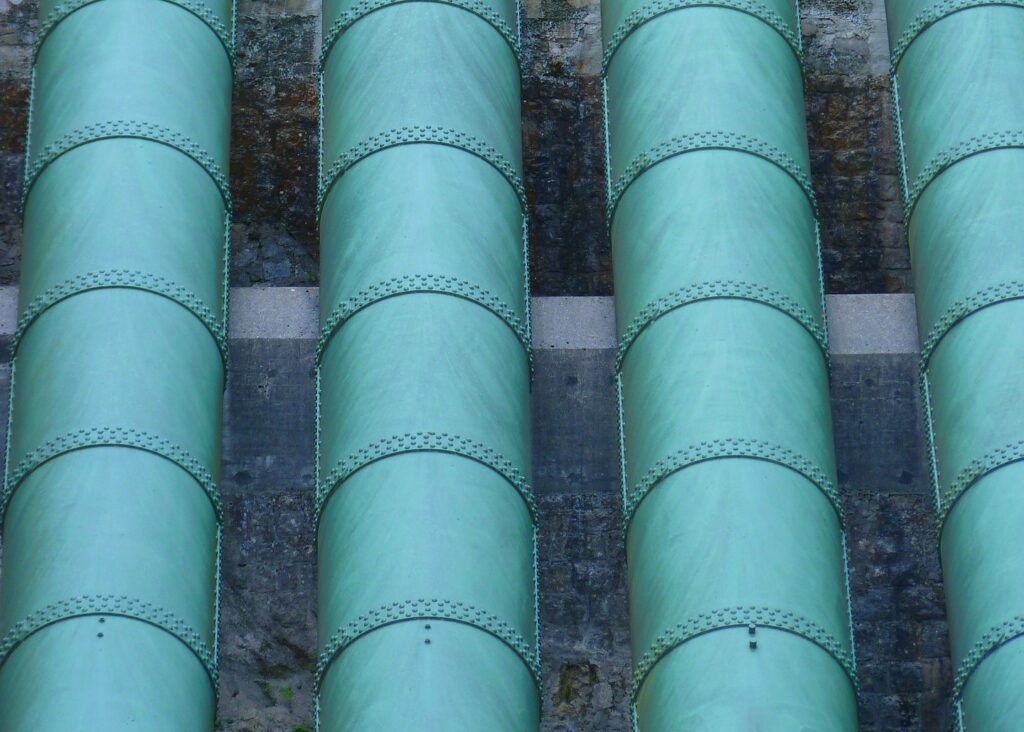Spain is intensifying its green hydrogen ambitions with a €3 billion national pipeline network, designed to link production hubs with industrial demand centers. Central to this effort is engineering firm Ayesa Ingeniería, recently selected by Enagás to support both the basic and detailed engineering of several pipeline sections.
Enagás, Spain’s national gas transmission operator, is spearheading the hydrogen buildout under its new role as hydrogen network manager. Over €60 million has been earmarked specifically for engineering services to develop the backbone’s foundational architecture. Ayesa’s participation will be coordinated from its Seville industrial headquarters, leveraging prior hydrogen project experience in Portugal and the UK.
Initial plans cover 2,600 kilometers of hydrogen corridors segmented across five routes. These include the 875-kilometer Vía de la Plata, which cuts across the west of the country; the 505-kilometer Levante Corridor serving the southeastern coast; the 535-kilometer Ebro Valley Corridor in the northeast; a 440-kilometer stretch along the Cantabrian coast; and a 235-kilometer transverse line through Castilla-La Mancha. The network has been strategically mapped to follow current gas pipeline paths, with 21% of the infrastructure repurposed from existing natural gas lines.
This retrofit strategy is significant from both economic and environmental standpoints. It lowers capital expenditure, reduces land-use disruptions, and expedites regulatory approvals. Given that pipeline permitting remains one of the major bottlenecks in infrastructure deployment, the re-use of existing corridors offers a tactical edge in meeting EU hydrogen targets.
However, the success of such a hydrogen backbone also hinges on parallel developments—namely, electrolyzer deployment, large-scale offtake agreements, and regulatory harmonization at the EU level. While Spain has committed to 4 GW of electrolyzer capacity by 2030, current operational capacity remains far below that threshold. Without synchronized progress in production and demand, the pipeline risk becoming underutilized in its early years.
From an industrial policy perspective, the hydrogen backbone is also expected to act as a regional equalizer. The corridors are designed to connect production centers—many located in renewable-rich but economically disadvantaged regions—with high-demand industrial clusters. This spatial alignment could drive localized job creation and attract further green investment.
Stay updated on the latest in energy! Follow us on LinkedIn, Facebook, and X for real-time news and insights. Don’t miss out on exclusive interviews and webinars—subscribe to our YouTube channel today! Join our community and be part of the conversation shaping the future of energy.





